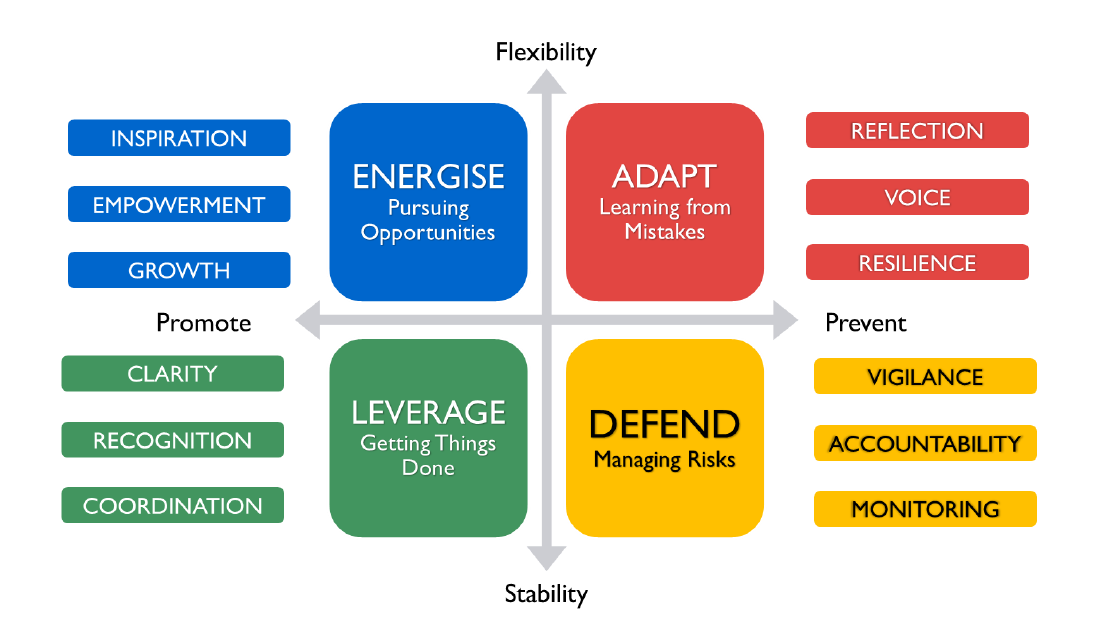Head Start Pilot Program
Head Start Pilot Program Overview
Energy Skills Queensland (ESQ) are proud to facilitate an industry initiative for an Electrical Apprenticeship Pilot Program. Designed by industry, for industry the pilot program aims to give Year 12 school leavers a ‘Head Start’ in their apprenticeship and employers a highly skilled, confident and safe addition to their team.
The Head Start pilot program seeks to build upon proven measure of pre-screening and mentoring to Year 12 school leavers. Apprentices are given additional high skills and practical training earlier in their apprenticeship to make them more productive and valuable to their employer.
Qualifications
Apprentices on the Head Start Pilot Program at TAFE Queensland will undertake an intensive first year UEE30811 Certificate III in Electrotechnology Electrician and complete the following qualifications in the first year:
CPC10111 Certificate I in Construction
RIIWHS204D Work Safely at Heights
UETTDRRF06B Perform Rescue from a Live LV Panel
HLTAID001 Provide Cardiopulmonary Resuscitation
10279NAT Identification and Awareness of Asbestos Containing Materials
10559NAT Course in Working Safely with Asbestos Containing Materials
MEM05051A Select Welding Processes
MEM05050B Gas Metal Arc Welding
UEENEEP026A Conduct In-Service Safety Testing of Electrical Cord Connected Equipment and Cord Assemblies
Delivery:
The Head Start pilot program combines on-the-job learning and an intensive first year of off-the-job training at TAFE Queensland aimed at achieving a nationally recognised qualification.
The first year of the Head Start pilot program apprenticeship consists of five blocks of off-the-job training and with an intensive first year of on-the-job learning in between. Subsequent years of the apprenticeship will revert to the traditional electrotechnology apprenticeship delivery.
Block 1
6 Weeks In-Class Training + 4 Weeks Employer Work
Block 2
6 Weeks In-Class Training + 4 Weeks Employer Work
Block 3
6 Weeks In-Class Training + 4 Weeks Employer Work
Block 4
6 Weeks In-Class Training + 4 Weeks Employer Work
Block 5
4 Weeks In-Class Training + Ongoing Employer Work
Important Information:
Eligibility and entry requirements apply to students wanting to participate on the Head Start pilot program, including:
Australian or New Zealand Citizen or Permanent Resident
Permanently reside in Queensland
Successfully completed Year 12
17 – 19 years of age
NOT have completed the UEE22011 Certificate II in Electrotechnology (Career Start)
NOT have completed CPC10111 Certificate I in Construction
NOT be currently enrolled in another post-school qualification, apprenticeship or VET program
To study an apprenticeship program, you must be indentured as an apprentice with your employer
Employers need to be able to provide the necessary human and physical resources to qualify for an apprentice.
Regional Employment Trials
The Empowering YOUth project in Townsville and Mount Isa is aimed at providing the critical job readiness skills, entry level and additional qualifications, as well as a support network for 14 disadvantaged young people in each project to improve their employability and work ready skills to appeal to employers.
Training will be delivered over 13 weeks, with a focus on experientially based, practical learning at TAFE Queensland’s Townsville and Mount Isa campus. Incorporating job readiness and foundation employment skills that would lead into an electrical apprenticeship. It also includes additional practical hand on skills training providing extra time for participants to learn and practice essential skills that will assist them secure an apprenticeship.
The project’s industry-directed approach is to commence with the vocational stream and desirable high-risk safety workplace skills. The specific elements include the theoretical knowledge needed for the electrical and construction field of practice, but also for higher-level study within the industry. There will also be a technical and procedural knowledge, industry skills and the ability to perform particular roles and tasks that transcend particular workplaces. Finally, the individuals’ attributes which is needed for that occupation or profession which includes ethical practice, effective communication skills, capacity to work autonomously and in teams, time management and other soft skills.
The Certificate I in Construction, that will be contextualised to the electrical sector, and the additional safety and high-risk training, such as Provide Cardiopulmonary Resuscitation, Provide First Aid, Work Safely at Heights, Perform Rescue from a Live LV Panel, Course in Identification and Awareness of Asbestos Containing Materials, Course in Working Safely with Asbestos Containing Material, Operate Elevating
Work Platform Under 11 Metres (Yellow Card) and Generic Induction (mandatory for working in the mining industry) will provide entry level and industry transferable skills for participants seeking employment in the electrical industry.
The training will be combined with pre-screening, job readiness training and intensive support strategies, which include post-placement support undertaken in consultation with employers.
Upon completion of the project, the young people who have been preselected and prepared to succeed in the electrical industry can enter an electrical apprenticeship pathway confidently and safely, with the necessary foundational skills needed in an industry which is in high demand.
Safety Leadership At Work
Energy Skills Queensland in collaboration with industry have developed a toolkit that is relevant and impactful in creating a large-scale change in safety culture.
Leadership, and safety leadership (as a subset of ‘good’ leadership) is in a constant state of flux, changing in response to the threats, demands, and opportunities conveyed by the current work situation.
The LEAD model. Developed by the Office of Industrial Relations with Curtin University and the University of Queensland, the LEAD model provides a framework that guides when and how to apply certain safety leadership tactics to produce the best results.

LEAD is an acronym for:
Routine and low-risk work requires leaders to leverage a team’s potential through stability and promotion, using practices including (clarity, coordination, and achievement.)
When things are changing, leaders need to energise flexibility and promotion among their team, using practices including (inspire empower grow)
After mistakes or failures, leaders need to adapt their team’s behaviours through flexibility and prevention, which encourages reflection, learning, and improvement.
n high risk settings, leaders need to defend against threats through stability and prevention, which encourages compliance, caution, and vigilance.
Importantly, the LEAD model is supported by a growing base of evidence. Across 30 organisations, we found that workers’ perceptions of the LEAD elements predicted safety compliance and proactivity (i.e., offering ideas to improve WHS) through creating or inducing a specific mindset.
Also, we found that LEAD behaviours create a shared experience around WHS (the ‘safety climate’), which assists organisations to implement safety management strategies more effectively






